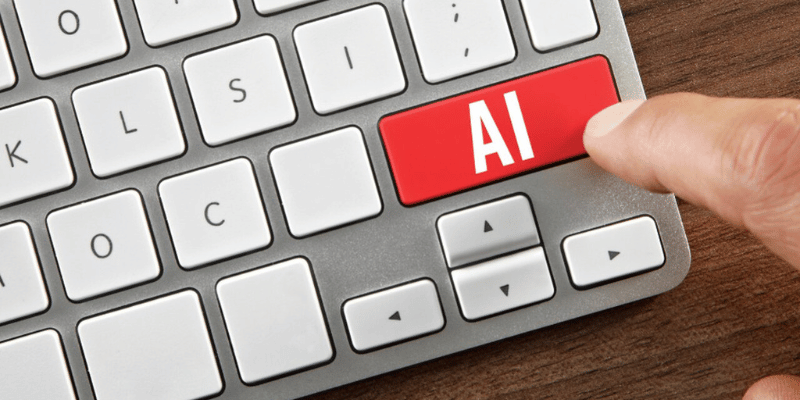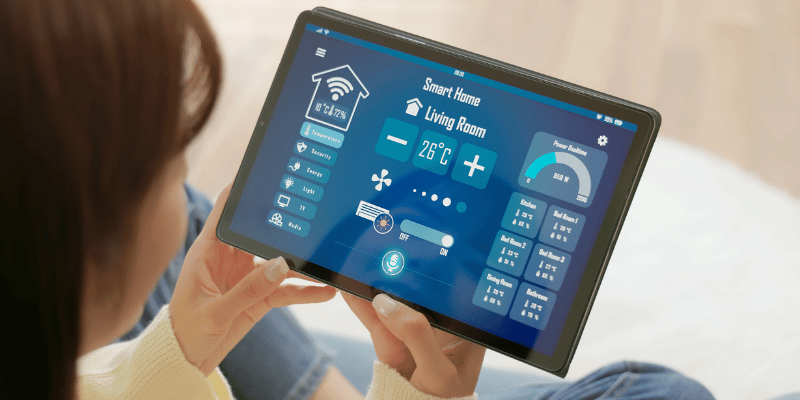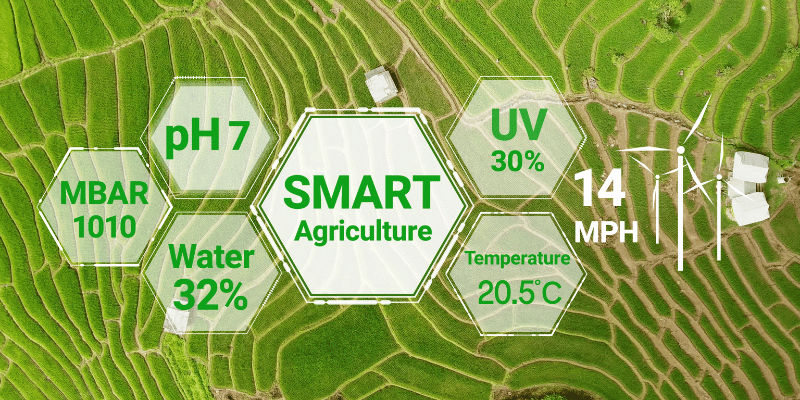June 14, 2023
Harnessing the Power of Generative AI in Internet of Things (IoT) Quality Assurance
In this article:
The Intersection of Generative AI and IoTThe Role of Generative AI in IoT Quality AssuranceGenerative AI Application Scenarios of making the Quality Automated and Better AssuredThe Invaluable is ExperienceConclusionThe Intersection of Generative AI and IoT
Generative AI is a class of AI that can create new data instances that resemble your training data. These AI models have been used in various fields, from creating realistic human faces to generating indistinguishable text from human writing. One of the most advanced generative models is GPT-4, the latest iteration of the Generative Pretrained Transformer series by OpenAI. It has shown remarkable capability in understanding and generating human-like text, making it a powerful tool for many applications.
On the other hand, IoT represents a network of physical objects—each embedded with sensors, software, and other technologies for the purpose of connecting and exchanging data with other devices and systems over the Internet. As IoT continues to mature, the number of connected devices is expected to grow exponentially, creating a deluge of data that can be overwhelming to manage and analyze manually. This is where generative AI comes in.

The Role of Generative AI in IoT Quality Assurance
Quality Assurance in IoT is a crucial process that ensures the reliability and effectiveness of IoT systems under development. It involves a wide range of activities, from testing the functionality of individual devices to validating the integrity of the processes within the whole ecosystem. As IoT systems continue to scale, manual QA processes become increasingly untenable, necessitating the adoption of automated solutions.
AI models can significantly improve QA in IoT through their ability to understand source and generate output. Here are a few ways how:
- Test Automation: AI models can automatically generate test cases based on predefined criteria or requirements. Given a high-level scenario description, it can generate a detailed test case, complete with the necessary steps, expected outputs, and criteria for success. This not only saves time and resources but also improves quality, creativity and reduces errors in the test design process.
- Fault Diagnosis: IoT systems are complex, and when something goes wrong, pinpointing the problem can be a challenging task. AI model can assist by analyzing error logs or messages and suggesting possible causes for the faults. This can speed up the debugging process and ensure more consistent fault diagnosis.
- Data Validation: IoT devices generate a tremendous amount of data. How about an AI model that can help validate this data by identifying anomalies in the sensor readings and highlighting potential issues that need further investigation?
- Documentation Generation: Proper documentation is critical in QA, yet it is often neglected due to time constraints. Generative AI models can automatically generate documentation from test cases, model execution results, and other relevant data, ensuring that all QA activities are thoroughly documented.

Generative AI Application Scenarios of making the Quality Automated and Better Assured
While the applications of AI in QA are vast, here are a few specific scenarios that illustrate its transformative potential:
Smart Home Testing
Consider a smart home system comprising many connected devices like thermostats, security cameras, and lighting systems. AI can generate test cases that simulate various scenarios. From managing energy consumption to testing security measures. A model can generate a range of test scenarios, such as simulating different weather conditions for the thermostat or testing the reaction time of the security system under varying circumstances.
Industrial IoT (IIoT) Quality Assurance
IIoT involves complex machinery and large-scale processes where a minor malfunction can lead to significant losses. AI can help create exhaustive test cases for predictive maintenance systems, which use sensor data to anticipate and mitigate equipment failure. Furthermore, the model can assist in interpreting the massive volume of sensor data to detect anomalies, effectively acting as an early warning system.
Automated Reporting in Agriculture IoT
In precision agriculture, IoT devices collect data to inform decisions regarding crop health, irrigation, and pest control. AI can automate detailed reports based on sensor data, providing farmers with clear and actionable insights. Furthermore, it can help validate the sensor readings, ensuring the accuracy of the reports.

The Invaluable is Experience
At EMBIQ, we understand that AI and IoT are more than just buzzwords—they are transformative technologies that can deliver real-world benefits when properly harnessed. We are working with generative AI and IoT, leveraging their synergies to deliver solutions that not only meet our cliens’ needs but also push the boundaries of what is possible. Whether it's creating smart home systems quality procedures that adapt to user behaviors, developing IIoT solutions that optimize manufacturing processes, or building agriculture IoT systems that increase crop yields, we have seen firsthand how the intersection of AI and IoT can create value.
Conclusion
As IoT continues to evolve, the importance of QA cannot be overstated. The application of generative AI in IoT QA presents an exciting opportunity to enhance testing efficiency, improve fault diagnosis, ensure data validity, and, ultimately, deliver more reliable and robust IoT solutions.
At EMBIQ, we are excited about the potential of generative AI and are eager to help businesses harness its power. If you want to improve the quality of your IoT inventions or explore the possibilities of generative AI, we would love to hear from you advice@embiq.com, or catch us up on LinkedIn or wherever online.
Quote a project! Get advice.
Let’s investigate your project concept and its current status together.
Expect an initial project scope proposal, time and cost estimation from us.
The consultancy will be protected by the NDA.
